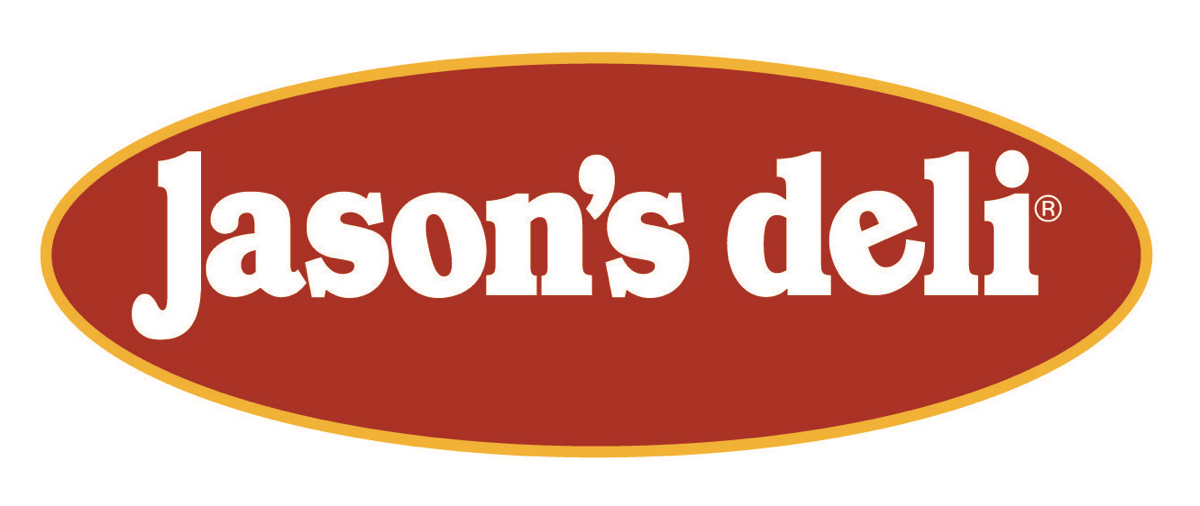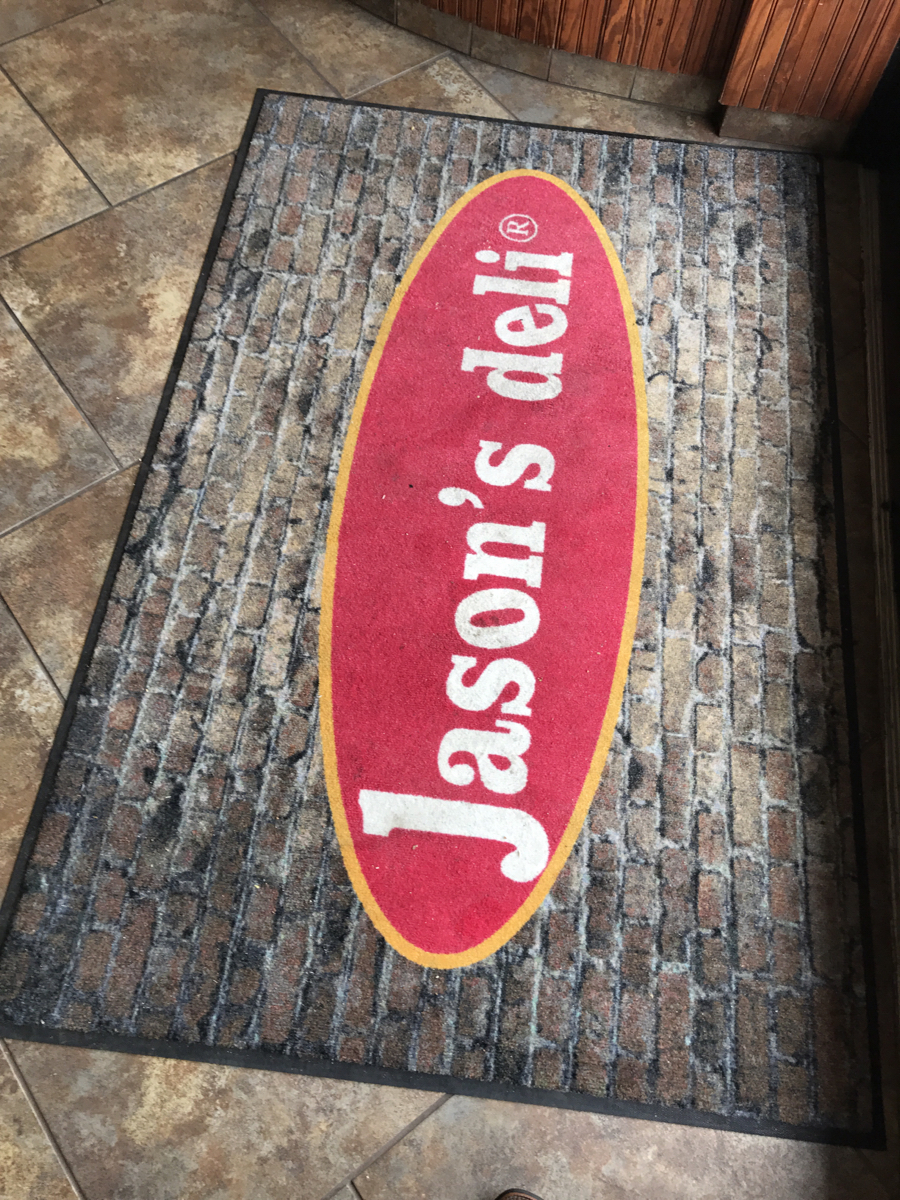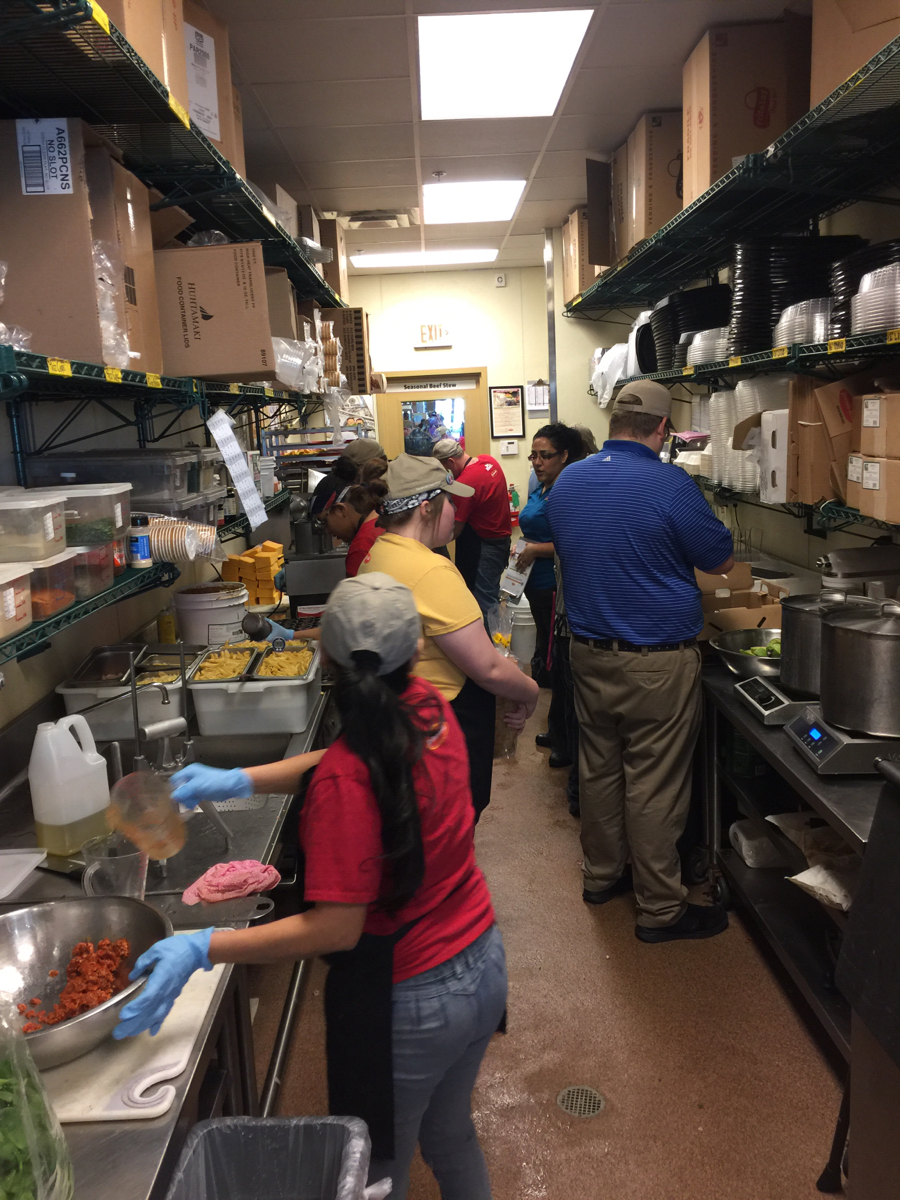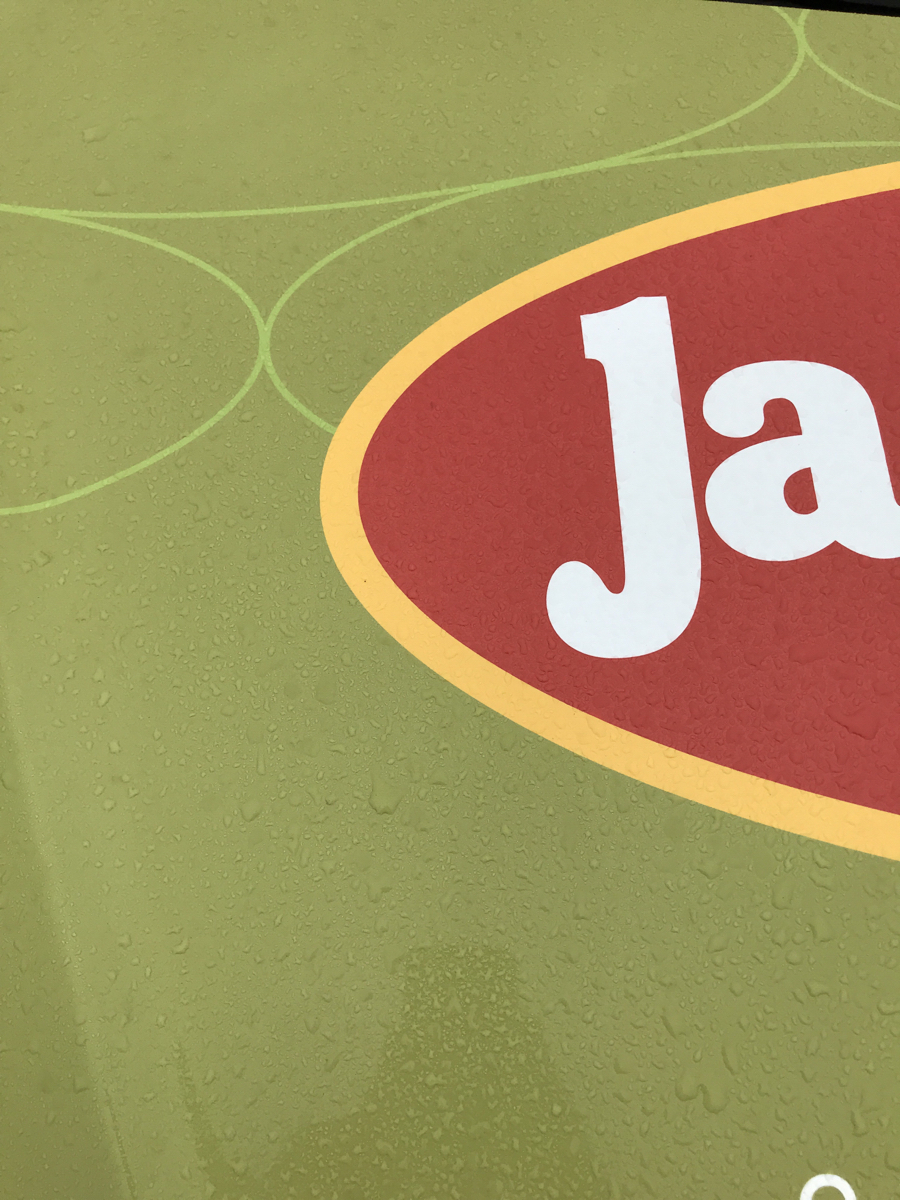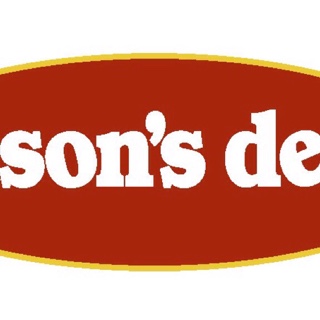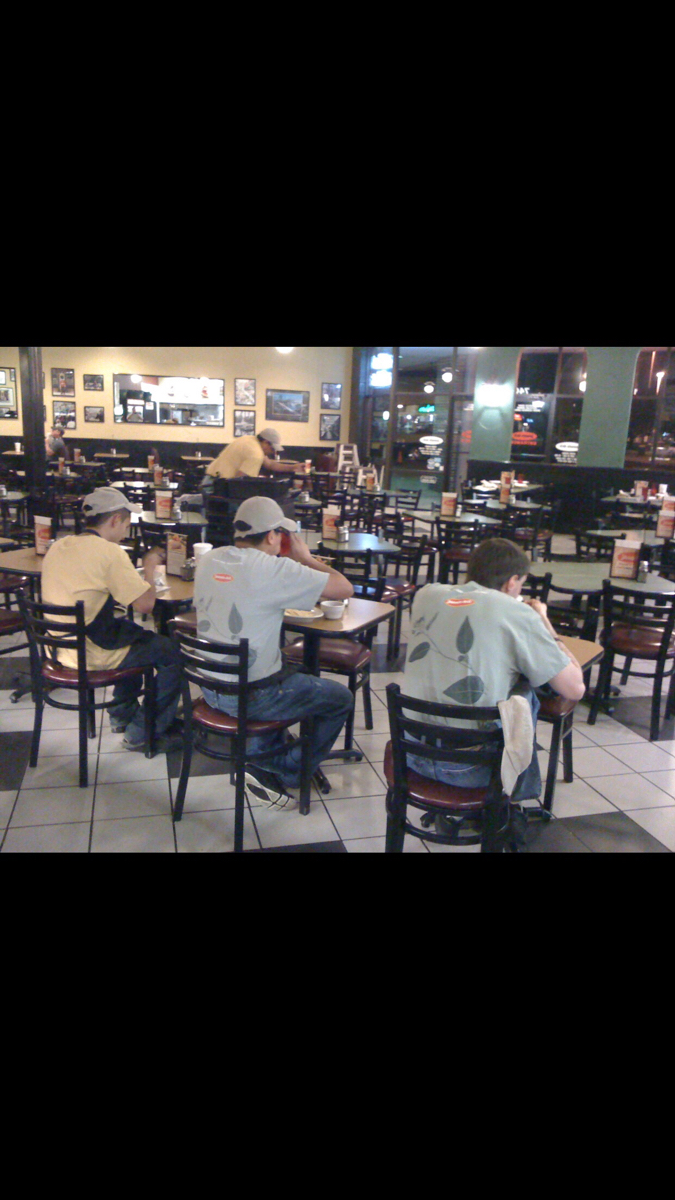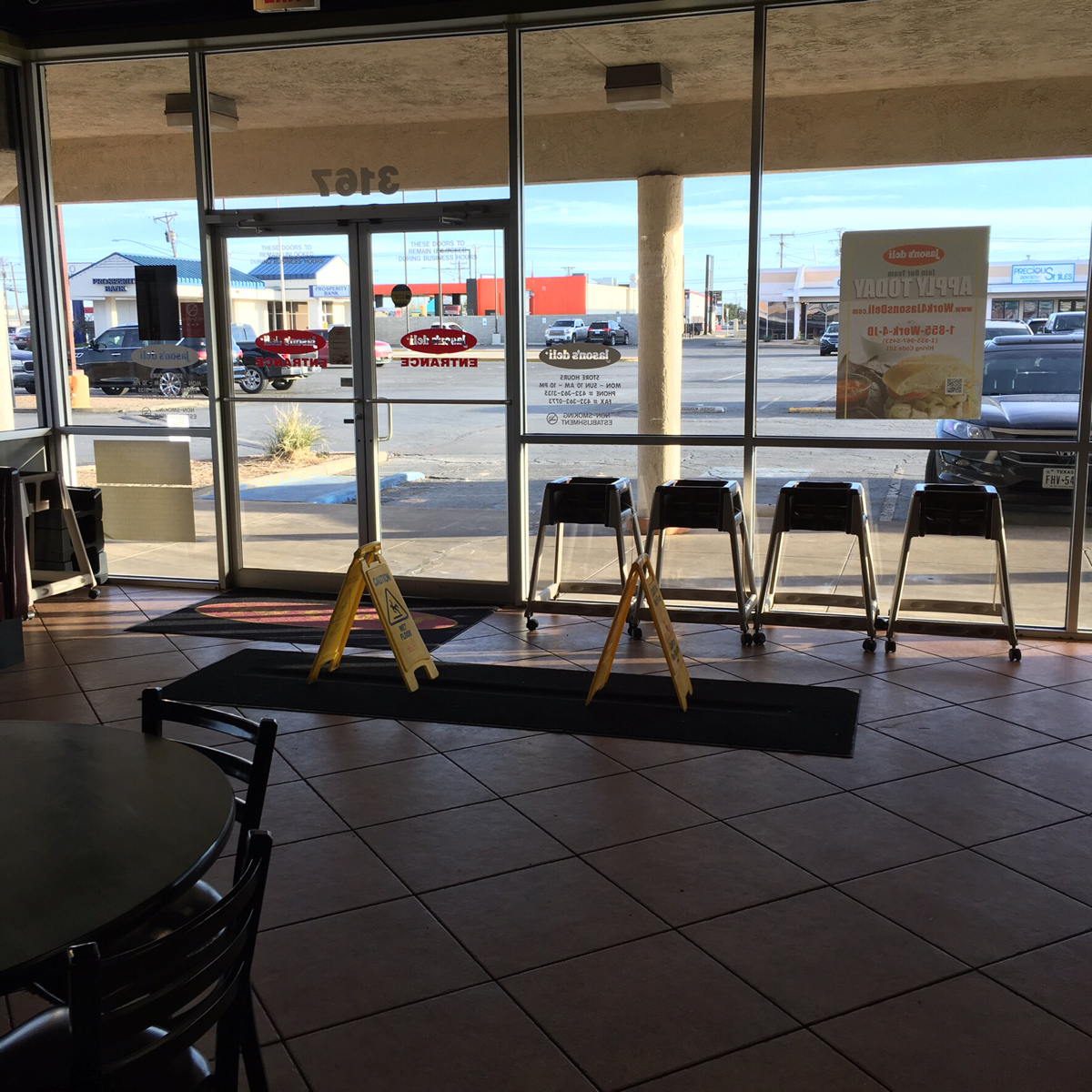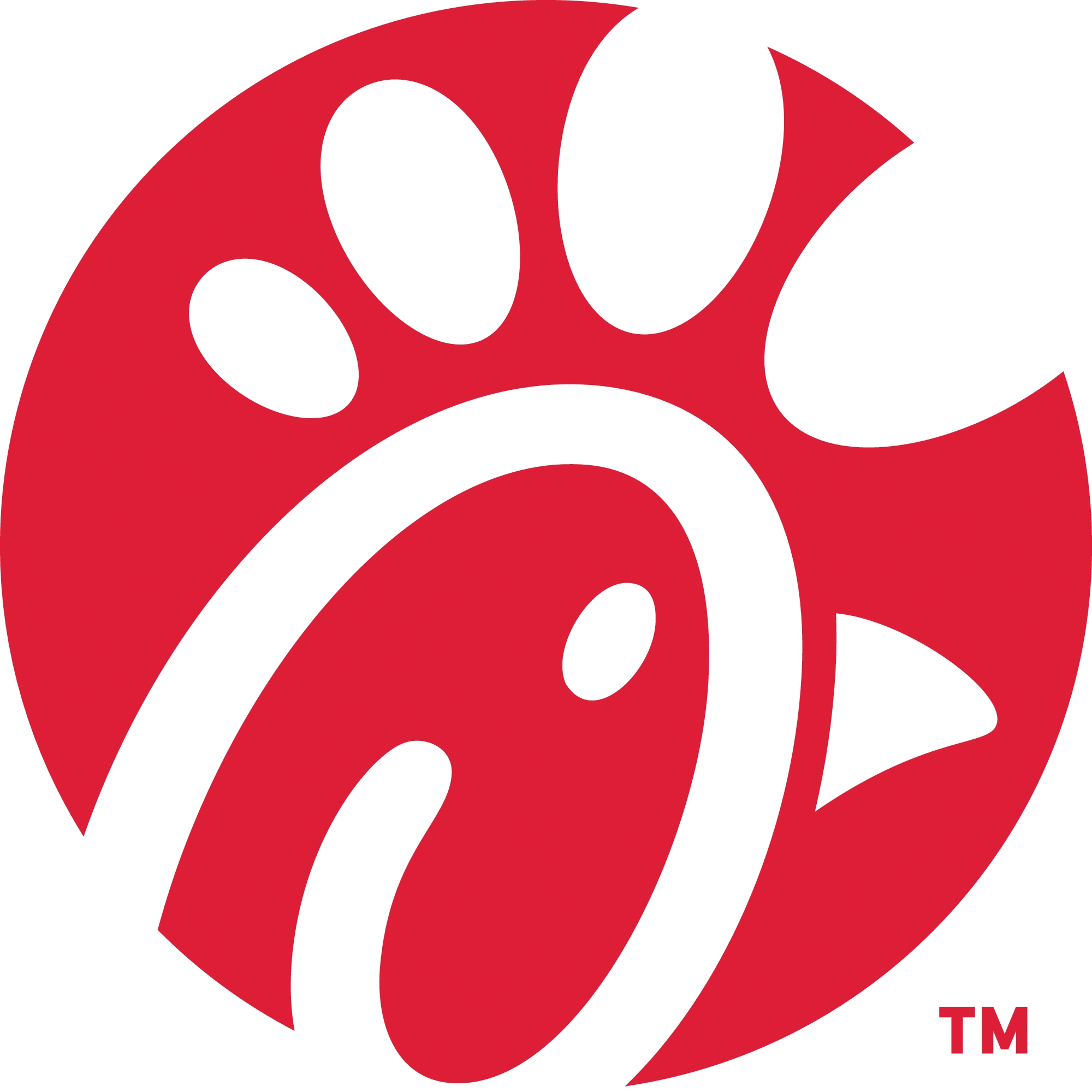Title Page
-
Audit Title
-
Client / Site
-
Conducted on
-
Prepared by
-
Personnel
Temperature Control
-
The Time and Temperature Control Log is posted and in use at least three times a day.
-
Cold foods that require time/temperature control for safety are maintained at 41 degrees or below in all cold-holding devices including reach-in refrigerated units, cold-top storage devices and ice wells.
-
Capture the unit where the temperature issue(s) occurred.
-
Add media
-
Capture the brand name of the unit where the temperature issue(s) occurred.
-
Add media
-
Hot foods that require time/temperature control for safety are maintained at 140 degrees or above.
-
Walk-in cooler product temperatures are maintained at 41 degrees or below.
-
Thermometers are accurate and available for use in food receiving, preparation,holding and serving areas.
-
Manager on duty or employee is able to demonstrate thermometer calibration.
-
At receiving, foods show no signs of temperature abuse and foods that require time/temperature control for safety are received at proper temperatures: 41 degrees or below, 140 degrees or above, raw shell eggs at 45 degrees ambient, frozen foods hard to the touch.
-
When used for food that requires time/temperature control for safety, refrigerated and hot holding units are equipped with accurate thermometers that are easily viewable.
-
Frozen foods are held solidly frozen so that they are hard to the touch.
Food Handling
-
The Product Cooling Chart is posted and used to ensure that foods are being cooled properly and within 6 hours.
-
Foods that require time/temperature control for safety are properly handled, at proper temperature before being displayed and not left out of temperature-controlled environments for extended periods of time. Foods held by time alone are at the proper temperature before being removed from temperature control and served or discarded within 4 hours. Alternatively, a maximum of 6 hours may be used for cold foods if the temperature is maintained below 70 degrees.
-
Foods that require time/temperature control for safety are cooked to proper internal temperature: raw fish and pork shrimp is cooked to 145 degrees and raw ground beef to 155 degrees, raw poultry to 165 degrees, and microwaved foods to 165 degrees. Foods prepped on site are reheated to 165 degrees within 2 hours for hot holding. Foods from a sealed commercial package are reheated to 140 degrees for hot holding.
-
Add media
-
Foods that require time/temperature control for safety are cooled from 140 degrees to 70 degrees or below within 2 hours, and from 140 to 41 degrees or below within 6 hours.
-
Foods that are not contaminated. Foods and food-contact surfaces are protected from potential microbiological, physical and chemical hazards. Examples of such hazards include but are not limited to: raw animal products above ready to eat foods, commingling raw animal species, thumbtacks,chemicals,medicines or first aid supplies stored above food or food-contact surfaces. When tasting food during preparation, utensils are used only once.
-
Add media
-
Foods on display at service counters,serving lines,salad bars,buffets,etc. are protected from contamination by the use of sneeze guards,packaging or other effective protection measures.
-
Add media
-
Foods that contain time/temperature control for safety are not held or seld past expiration date.
-
Add media
-
Foods are from commercial suppliers. Foods and packaging are in sound condition.
-
Add media
-
Fruits and vegetables that are cooked for hot holding are cooked to a minimum internal temperature of 140 degrees.
-
Proper cooling methods (placing foods in shallow pans, using chill blasters or cooling wands, etc.) are used for foods that require time/temperature control for safety.
-
Add media
-
Date marking is applied at time of preparation to foods that require time/temperature control according to Jason's Deli standards.
-
Add media
-
Foods that require time/temperature control for safety are thawed under refrigeration, completely submerged under cool running water, in a microwave if cooked immediately afterward, or as part of the cooking process.
-
Foods are properly protected from contamination. Foods in storage are properly covered unless cooling. Foods are protected from contamination during preparation and serving. No condensation is present above exposed food or food contact surfaces. Sanitizer buckets are not stored on the floor. Proper serving practices are observed so that hands do not touch the food-contact or lip-contact surfaces of cups or utensils.
-
Add media
-
Fruits and vegetables are washed prior to processing and serving.
-
Foods are properly identified with the common name of the product on the container.
-
Foods and food-contact packaging are stored at least six inches off the floor.
-
Add media
Equipment & Utensils
-
Food-contact surfaces of equipment and utensils are durable, non-toxic, and made of safe materials. Food equipment lubricants that may contact food are approved as food additives
-
Add media
-
Food-contact surfaces are properly cleaned and sanitized (at least every 4 hours during continuous use at room temperature with foods that require time/temperature control for safety.
-
Add media
-
Ice packs for delivery containers are in good condition and properly stored. Ice packs are used in cold catering delivery bags.
-
Add media
-
Food contact surfaces are smooth, easily cleanable, and in good condition.
-
Add media
-
Sanitizer test kits are open and readily available for use.
-
Clean utensils, equipment and food-contact packaging are stored in a sanitary manner. Storage containers such as canisters, bins and drawers are maintained clean. Utensil handles all point up for vertical storage or all point in the same direction for vertical storage.
-
Add media
-
In-use utensils (including ice scoops) are properly handled and stored in a sanitary manner. Handles of utensils that are stored in the products do not touch the product and extend out of the container for foods that require time/temperature control for safety.
-
Add media
-
Nonfood-contact surfaces of equipment and utensils are properly cleaned, such as sides of sinks, door handles and gaskets, sliding door tracks, shelves, racks, etc.
-
Add media
-
Nonfood-contact surfaces of equipment and utensils are durable, non-toxic, easily cleanable and in good condition.
-
Add media
Personal Hygiene
-
Hands that may have become contaminated are washed using hot water and soap for 20 seconds and dried using disposable towels or a heated-air hand drying device. Hands are washed each time before donning gloves as required. Care is taken after washing to avoid recontaminating hands by touching faucet or towel dispenser handles.
-
No bare-hand contact occurs with ready to eat foods. Disposable gloves are worn over other types of gloves (cut-resistant gloves,cloth gloves etc.) when handling ready to eat foods.
-
Persons displaying symptoms such as vomiting, diarrhea, jaundice or sore throat with fever are excluded from the establishment. Persons with exposed pustular lesions or persistent sneezing,coughing, or a runny nose that causes discharges from the eyes,nose or mouth are restricted from working around exposed food or food-contact surfaces.
-
Hand washing facilities are located convenient to food handling and ware washing areas, and are maintained accessible at all times. Hand washing facilities in food handling areas are used only for that purpose and only designated hand washing sinks are used for hand washing.
-
Add media
-
Hand washing facilities in food handling areas are maintained clean at all times; supplied with readily available hot water, soap, disposable towels or heated-air hand drying device;and signed to remind employees to wash hands.
-
Add media
-
Gloves are changed whenever damaged or torn. When handling exposed food, gloves are worn over bandages,fingernail polish or artificial nails. Fingernails are kept trimmed.
-
Eating,drinking and tobacco use are restricted to non food areas. Drinking is allowed from closed containers, such as a cup with lid and straw, handled to prevent contamination of hands or food-contact surfaces. Personal items are properly stored in designated areas away from food, utensils and equipment.
-
Add media
-
Good personal hygiene practices are followed;clean outer clothing is worn; hair restraints are used around exposed food and food-contact surfaces. Jewelry on hands and wrists is limited to a plain ring with no set stones.
Cleaning & Sanitizing
-
Chemical sanitizer solutions for manual use (such as sinks, buckets and spray bottles) are maintained at proper concentration and temperature per label instructions. Water temperature for non-chemical sanitizing in a sink compartment is maintained at 171 degrees.
-
Chemical sanitizers for dish machines are maintained at proper concentration and temperature per label instructions. Non-chemical sanitizing in a dishwashing machine reaches 180 degrees on final rinse gauge or 160 degrees on dish surface (or as required by the data plate)
-
Chemicals are used correctly and only for their intended purposes. Chemicals used to wash or peel raw, whole fruits and vegetables are approved and at the proper concentration. Containers previously used for chemicals are not used for storing, dispensing or transporting food.
-
Cleaning and maintenance tools are not cleaned in food prep sinks, dishwashing machines, or dishwashing sinks.
-
Warewashing sink basins are large enough to immerse the largest piece of equipment being cleaned and sanitized.
-
All cleaning tools are properly stored between uses to avoid contamination of other surfaces. Equipment used to clean food-contact surfaces is durable and appropriate for the task. Sponges are not used with clean and sanitized or in use food contact surfaces.
-
Add media
-
Dishwashing machines are properly maintained and operated; surfaces are clean;curtains are clean and in place; final rinse pressure is adequate and wash temperature meets requirements listed on the data plate.
-
Add media
-
Manual ware washing facilities are properly maintained and operate; sinks are not used for dishwashing and food prep at the same time and sanitized between processes.
-
Wiping cloths are kept clean and dry or else immersed in properly diluted sanitizer. Separate cloths are used for wiping food contact and non food contact areas.
-
Add media
Facilities & Controls
-
Air gaps/backflow prevention devices are in place where required. Sewage disposal systems, including grease traps, are operating properly.
-
Potable water is available from a public water system or a non public system that is properly maintained.
-
Pest prevention program is effective.
-
A designated person in charge is present during all hours of operation; certified by an accredited Food Protection Manager Certification Program;and demonstrates knowledge of food borne disease prevention, application of HACCP principles and regulatory requirements.
-
Original containers of toxic materials have a legible manufacturer label. Working containers of cleansers and sanitizers are labeled with the common name of the product. Only chemicals that are required for the operation and maintenance of the facility are present. Restricted pesticides are applied by a certified applicator or someone under their direct supervision. First aid supplies, personal care items such as lotions and creams, and employee medicines are properly labeled.
-
Add media
-
Hot and cold water is sufficient to meet peak demand. Plumbing provides adequate pressure and water is available at all sinks. Water from non-public systems tested at least annually. During a temporary interruption of the water system, water is supplied through an approved, sanitary source such as commercially bottled drinking water.
-
Restrooms used by food handlers are maintained clean with fixtures in good repair. Handwash sinks are supplied with readily available hot water, soap, disposable towels or heated-air hand drying device, covered trash can (in female restroom), and signed to remind employees to wash hands. Restroom doors leading directly into food preparation areas are self closing.
-
Add media
-
Floors,walls and ceilings are free of excessive dust,debris and standing water.
-
Add media
-
Floors, walls and ceilings are smooth, easily cleanable,and in good repair. Exposed concrete blocks and bricks are sealed and smooth unless area is used only for dry storage.
-
Add media
-
Ventilation is adequate; vents, fan guards and filters are clean.
-
Add media
-
Lighting is adequate for cleaning and food handling tasks; lights are shielded or shatterproof above exposed food and food contact surfaces, and above packaged food if the package integrity could be affected by broken glass.
-
Add media
-
No pest entry points exist, such as gaps larger than 1/4 inch beneath exterior doors. No pest harborage sites exist, such as dirty mop heads that are not hung to dry after use.
-
Add media
-
Pest control devices are working properly and installed so that they will not contaminate food or food-contact surfaces. Catch trays and glue boards are changed as necessary.
-
Interior garbage containers are cleaned and emptied as needed.
-
Add media
-
Exterior garbage storage is covered and doors kept closed between uses. Containers are emptied as necessary and the surrounding area is maintained clean to avoid attracting pests.
-
Add media
-
Regulatory information:
-
Person in charge information:
-
Employees have current food handler certification.
-
Safe food handler information present.
-
Chemical vendor (sanitizer):
-
Gluten handling kit present? Easily accessible and fully stocked
-
Add media
-
Approved first aid kit is present:
-
Add media
-
Approved bodily fluid kit is present.
-
Add media
